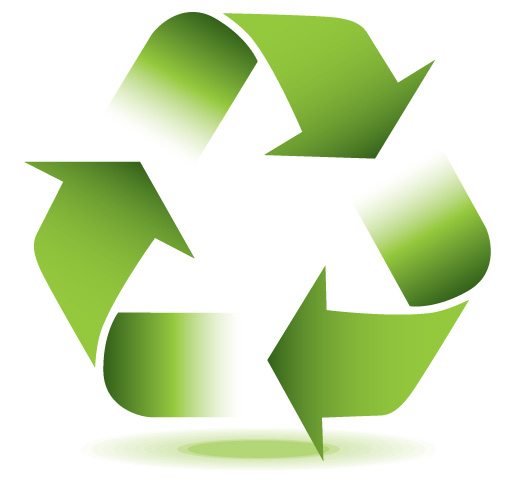VC Star
August 10th, 2024
It is hard to muster sympathy for seagulls.
If you leave food unattended on your beach towel while taking a dip in the ocean, by the time you’re waist deep in water these rats of the sky will likely have ripped apart your wrappers and flown off with your feast. As a bonus, when you get back to your car, you might find what you suspect are the digested remnants of your meal deposited in a white blob on your windshield.
Protecting birds through preserving habitat and avoiding litter and pollution is our responsibility simply because we are the dominant species on Earth. But for those whose philosophy starts with “what have birds ever done for us?” there are many answers.
Birds pollinate plants, disperse seeds and eat insects. The insects they eat range from mosquitoes to pests that could otherwise devastate gardens and important crops. The annoying scavenging behavior so despised in seagulls is useful to us when species such as crows and vultures scavenge carcasses, ridding us of a potential source of fly breeding and disease. Even bird poop has a purpose. It spreads seeds and recycles nutrients.
Not everyone derives a vicarious thrill from watching the freedom and gracefulness of birds in flight, but so many people do love “birding” that areas preserving bird habitat can derive a significant economic benefit. “Nearly 5 million Californians go bird watching each year, with 2.3 million people travelling to do so, generating $3.8 billion dollars in economic impact,” according to a 2012 study by the U.S. Fish and Wildlife Service and the Department of Commerce.
Locally, the presence of rare birds helped earn a grant for preservation of Ormond Beach wetlands and sand dunes, two habitats not only essential for bird survival but also useful for protection of coastal development from flooding. Because Ventura County is one of the last homes of the threatened California least tern and the western snowy plover, the California State Coastal Conservancy pledged to spend on Ormond Beach restoration $1 million of a $7 million grant from the Fish and Wildlife Service. Funds for the grant were generated by taxes and import duties on coastal recreation-related products, such as recreational fishing equipment, boats and boat fuel.
You can do your part to protect birds by preventing litter. Litter washes down to beaches via storm drains and it threatens birds through entanglement or ingestion. If you have too much garbage to easily fit in your curbside cart, ask a neighbor for capacity or push it down to ensure your cart’s lid fully closes. Similarly, do not overfill public trash cans. Pack up your packaging and take discards home in the same containers you used to bring them, if necessary.
You can also prevent litter by keeping your trash away from those less appreciated birds, the seagulls. Secure food in zippered bags while at the beach.
Finally, we are at the end of nesting season for the plover and tern. Their natural camouflage helps them blend into the sand and gravel of the beach, where they and their eggs have little protection. Protective cage “exclosures” were built to keep predators, including other birds and people, away from some of those nests, but additional help is needed to keep dogs, cats, bicycles and all-terrain vehicles out of breeding areas. Use binoculars to keep your distance when bird watching and remind others how important it is to help preserve birds.








